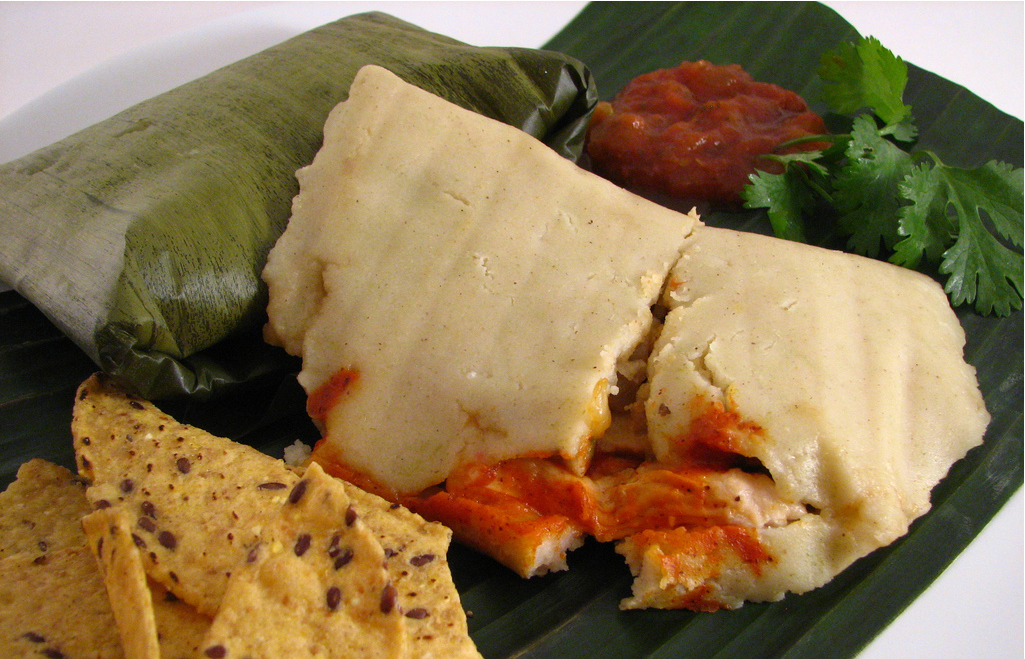
History of TAMALES
The history of tamales in Belize is deeply intertwined with the country’s cultural heritage and culinary traditions. Tamales have been a part of Belizean cuisine for centuries, dating back to the time of the ancient Maya civilization.
The Maya people, who inhabited the region that is now Belize, were known for their advanced agricultural practices and cultivation of corn. Corn was considered a sacred crop, and tamales were an important ceremonial food prepared by the Maya for religious rituals and feasts.
With the arrival of the Spanish during the colonial era, the culinary landscape of Belize underwent changes. The Spanish introduced new ingredients and cooking techniques to the indigenous cuisine, resulting in a fusion of flavors and culinary traditions.
Over time, the tradition of making tamales in Belize evolved, incorporating local ingredients and flavors. Belizean tamales are typically made using masa (a dough made from ground corn), which is seasoned with spices and mixed with meat (such as chicken, pork, or beef), vegetables, and sometimes beans.
The preparation of tamales is often a communal activity, with family members or friends coming together to assemble and wrap the tamales in banana leaves or corn husks. The filled tamales are then steamed until cooked, resulting in a moist and flavorful dish.
Tamales remain a beloved part of Belizean cuisine and are enjoyed during various occasions and celebrations, such as Christmas, birthdays, and cultural festivals. They continue to reflect the blending of Maya, Spanish, and other cultural influences in Belizean culinary traditions.
Today, visitors to Belize have the opportunity to savor these delicious tamales, experiencing a taste of the country’s rich history and culinary heritage.

Comments